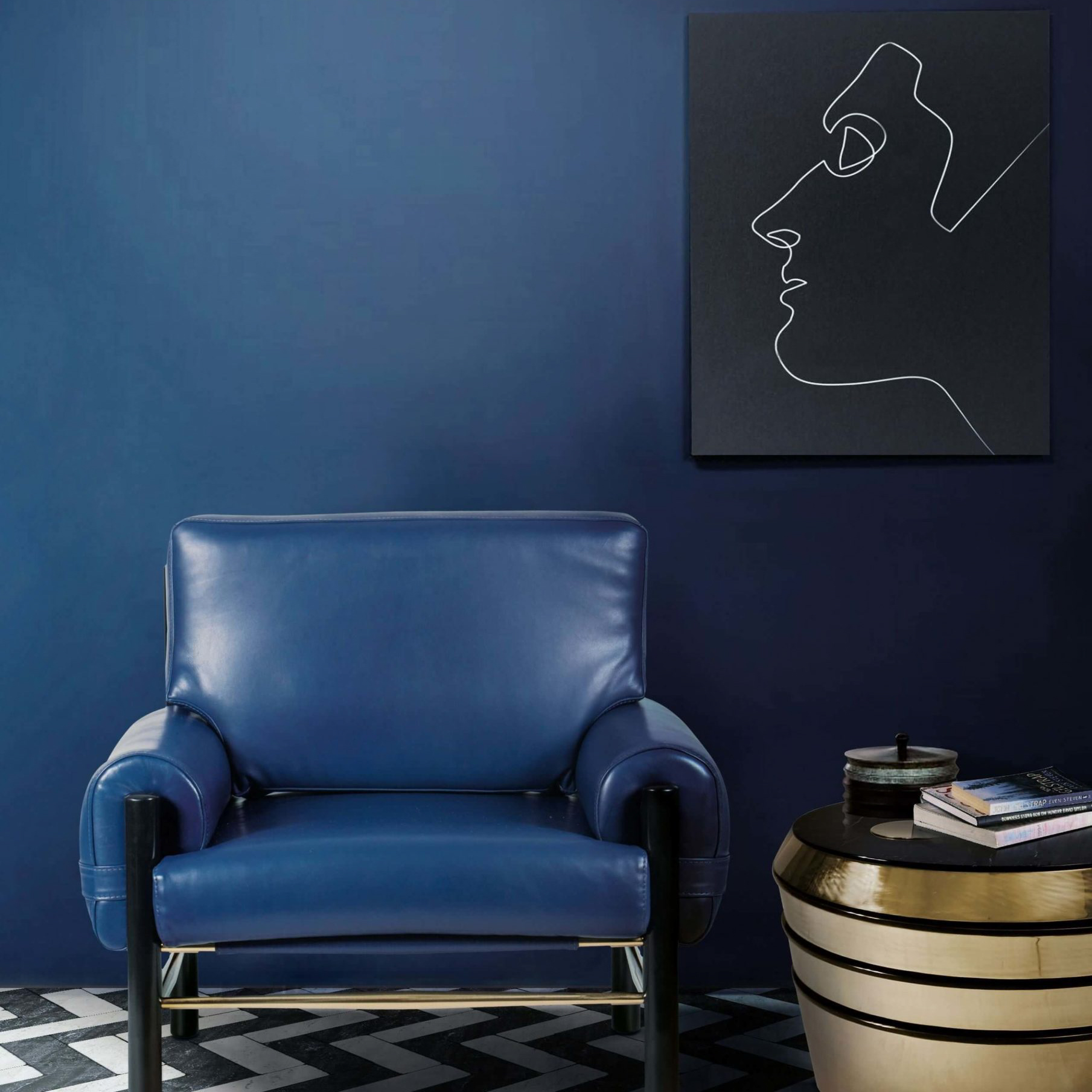The Challenges of Lighting a Sloped Ceiling Living Room
Living rooms with sloped ceilings can be a unique and aesthetically pleasing feature in a home. However, they can present a challenge when it comes to lighting. A sloped ceiling can make it difficult to distribute light evenly throughout the room and can create shadows in some areas while leaving others too brightly illuminated.
Another challenge with sloped ceiling living rooms is that the ceiling height can vary throughout the space, which can make it difficult to choose the right light fixtures. Additionally, it’s important to avoid creating a cluttered or cramped feeling in the room with oversized light fixtures.
Lighting Design Tips for Sloped Ceiling Living Rooms
Despite the challenges, there are several lighting design tips that can help you create a well-lit haven in a sloped ceiling living room.
1. Choose the Right Light Fixtures
When choosing light fixtures for a sloped ceiling living room, it’s important to consider both the size of the room and the height variation of the ceiling. Pendant lights are a popular choice for sloped ceilings because they can be hung at different lengths to accommodate the varying ceiling heights. Another option is to install recessed lighting to provide even illumination throughout the room.
2. Use Layers of Light
Layering light sources can help to create a comfortable and inviting atmosphere in a sloped ceiling living room. Use a combination of overhead lighting, such as pendant or recessed lights, with wall sconces, table lamps, and floor lamps to create a balanced and visually appealing lighting scheme.
3. Opt for Dimmer Switches
Dimmer switches can be a great addition to a sloped ceiling living room, as they allow you to adjust the level of light to suit different occasions and moods. Dimming the lights can also help to create a relaxing and cozy atmosphere in the evening.
4. Highlight Key Design Features
Sloped ceiling living rooms often have unique and interesting design features, such as exposed beams or interesting angles. Highlight these features with accent lighting, such as directional spotlights, to add depth and texture to the room.

